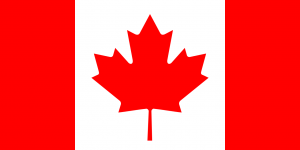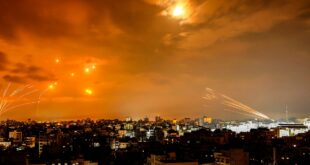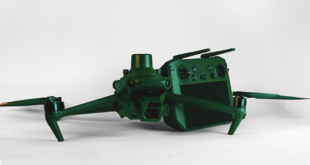Transport Canada has announced new rules for drones, which will take effect in June of 2019. The new rules require more training, licensing and registration, and specify which drones may be used for “advanced operations.” As always, the devil is in the details: and the list of approved equipment included in the new regulations may prove to be an issue for the Canadian industry.
Canada’s new laws definitely up the bar for drone operation. Penalties are spelled out for infractions. General laws are familiar to those in Canada and in the U.S.:
To keep yourself and others safe, fly your drone:
- where you can see it at all times
- below 122 metres (400 feet) in the air
- away from bystanders, at a minimum distance of 30 metres for basic operations
- away from emergency operations and advertised events
- Avoid forest fires, outdoor concerts and parades
- away from airports and heliports
- 5.6 kilometres (3 nautical miles) from airports
- 1.9 kilometres (1 nautical mile) from heliports
- far away from other aircraft
- Don’t fly anywhere near airplanes, helicopters and other drones
Always respect the privacy of others while flying.
Some aspects of the new laws clarify the rules in such a way that it may actually be easier for new commercial drone services providers to operate. Rather than differentiate between recreational and professional drone operations, the rules separate “basic” operations from “advanced” operations. Basic operations take place in unregulated airspace and away from people: advanced operations are those that take place in regulated airspace or around people. It’s a nice point: basic operations could well be commercial, for applications like precision agriculture or oil and gas.
Both types of operations will require a license obtained by taking a test, but advanced operations will require both a written test and a flight review. They’ll also have to choose a drone that meets safety requirements – and Transport Canada has provided a list.
“When buying a drone, it’s important to choose the right one for you. That means selecting a drone that is safe enough to do what you want to do with it. We developed a Remotely Piloted Aircraft System (RPAS) Safety Assurance rating system to help with this,” says Transport Canada.
This list of approved aircraft may prove problematic for some pilots who have invested in equipment not on the list – notably, DJI drones. The general approach of specifying aircraft that meet safety requirements could prove burdensome for both regulators and manufacturers to keep up with rapidly changing technology.
Miriam McNabb is the Editor-in-Chief of DRONELIFE and CEO of JobForDrones, a professional drone services marketplace, and a fascinated observer of the emerging drone industry and the regulatory environment for drones. Miriam has a degree from the University of Chicago and over 20 years of experience in high tech sales and marketing for new technologies.
Email Miriam
TWITTER:@spaldingbarker
Subscribe to DroneLife here.
https://dronelife.com/2019/01/15/canadas-new-drone-regulations-rigid-or-reasonable/
 Unmanned Aerial Vehicle The latest drone news
Unmanned Aerial Vehicle The latest drone news



